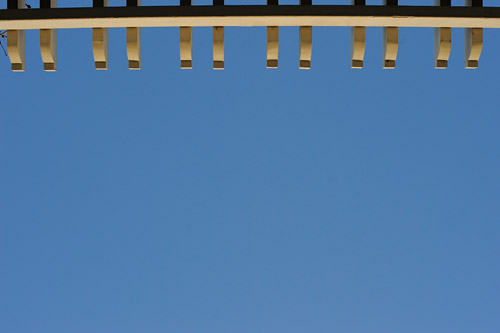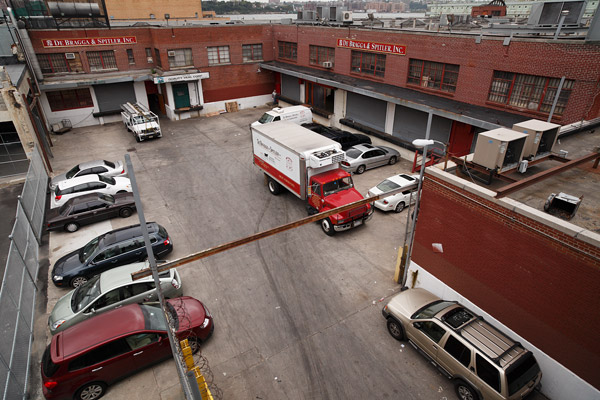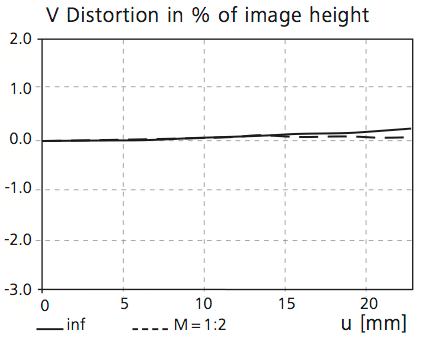

|


|

$200 Leica BP-SCL6 Lithium-Ion Battery (8.4V, 2200mAh) BACK IN STOCK in Accessories: Batteries and Power
|

|

|

|
Understanding Lens Distortion
Related: barrel distortion, distortion, optics, pincushion distortion, Zeiss ZM
Some lens manufacturers (eg Leica and Zeiss) provide distortion graphs for their lenses, very helpful in determining applicability of a lens for certain types of photography, such as architecture, product photography, etc. Nikon and Canon do not provide such graphs.
Types of distortion
Barrel distortion makes the image bow outwards, like a barrel. Barrel distortion is generally more acceptable visually than pincushion distortion.
Pincushion distortion makes an image bow inwards, the image looks "pinched". Pincushion distortion is generally less acceptable visually.
Wave distortion ("moustache" distortion) manifests as barrel distortion to the edges, then pincushion distortion to the corners. Straight lines are particularly noticeable with wave distortion, think of a distant horizon.
All zooms have distortion, sometimes pronounced. A zoom usually has barrel distortion at its widest angle of view (shortest focal length), and pincushion distortion at its narrowest angle of view (longest focal length), with some some happy middle area having little or no distortion.
Even "zero distortion" lenses generally have some distortion.
Undetectable to the human eye?
One of the sillier claims you might see is that the amount of distortion for lens X is "undetectable by the human eye". This is a nonsense claim typically made for wide angle lenses— don't believe it, the human eye (brain) is very good at seeing distortion on regular subjects, such as architecture.

Unfortunately, taken in context, "low distortion" might actually be the case because it can be very hard to eliminate distortion in a wide angle lens. One of the most remarkably low-distortion wide angle lenses is the Zeiss ZM 21mm f/4.5 C-Biogon. No other 21mm prime lens comes close; they all have strong wave distortion.
Examples
Shown below is the Nikon 24-70mm f/2.8G at 24mm. Mouse over the image to see the Nikon 14-24mm f/2.8G. The 14-24 is all but distortion free, whereas the 24-70 is strongly bowed with barrel distortion— unacceptable for some purposes in my view.

Shown below is an image from the Zeiss ZE 21mm f/2.8 Distagon, which has wave distortion, see its distortion graph further below. Observe the pinching upwards effect in the corners at top left and right: this is pincushion distortion. The barrel distortion over most of the frame is less obvious because it covers a wider area. Wave distortion is usually acceptable, but can be an issue for man-made structures like this.

Interpreting a distortion graph
A distortion graph is straightforward to interpret—
- The vertical axis shows how much distortion is present. A line above 0.0 indicates pincushion distortion and a line below it indicates barrel distortion.
- The horizontal axis indicates distance from optical center. Zero (0) means the center of the frame. A distance of 21.6mm is the extreme corner on a 36 X 24mm "full-frame" camera.
- Sometimes more than one line is shown because distortion can change with aperture (rare).
Example — Zeiss 100mm f/2 Makro-Planar
The graph below shows distortion for the Zeiss 100mm f/2 Makro-Planar. This is about as distortion-free as lenses get.

Example — Zeiss 50mm f/2 Makro-Planar
The graph below shows distortion for the Zeiss 50mm f/2 Makro-Planar. This is a good performance, about half that of a 50mm f/1.4 design, but still enough to be bothersome for some subjects.

Example — Zeiss ZM 21mm f/4.5 C-Biogon
The graph below shows distortion for the Zeiss ZM 21mm f/4.5 C-Biogon (for the Leica M9). This is as distortion-free a wide angle prime lens you'll ever find.

Example — Zeiss ZF.2/ZE 21mm f/2.8 Distagon
The graph below shows distortion for the Zeiss ZF.2/ZE 21mm f/2.8 Distagon. This is typical for a lens in the 21mm range: a pronounced wave-type distortion which manifests as barrel distortion over most of the frame, followed by a reversal to pincushion distortion.
Master lens distortion
 To master the topic of lens distortion blah blah blah, please consider our publication Making Sharp Images. Making Sharp Images expands significantly on this and many other related optics and technique topics, and is a unique and economical way to upgrade your understanding and effectiveness at image making.
To master the topic of lens distortion blah blah blah, please consider our publication Making Sharp Images. Making Sharp Images expands significantly on this and many other related optics and technique topics, and is a unique and economical way to upgrade your understanding and effectiveness at image making.



















